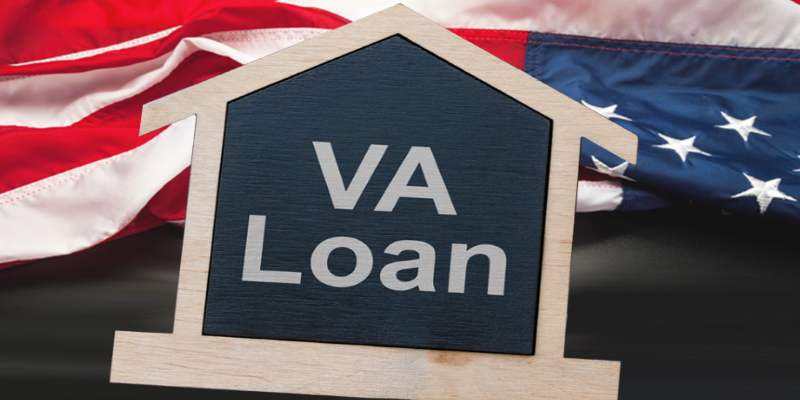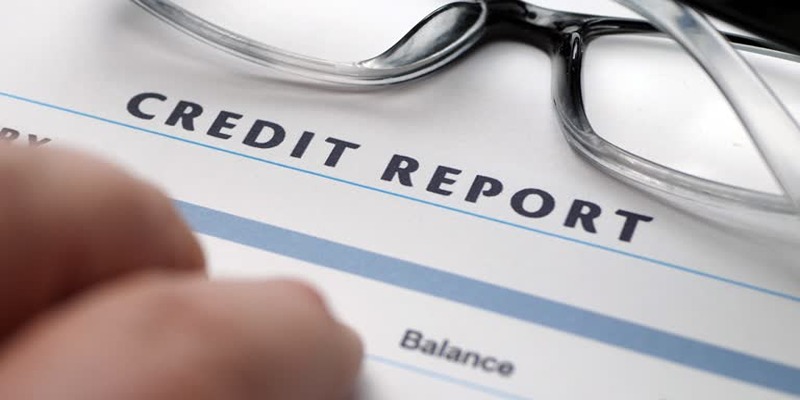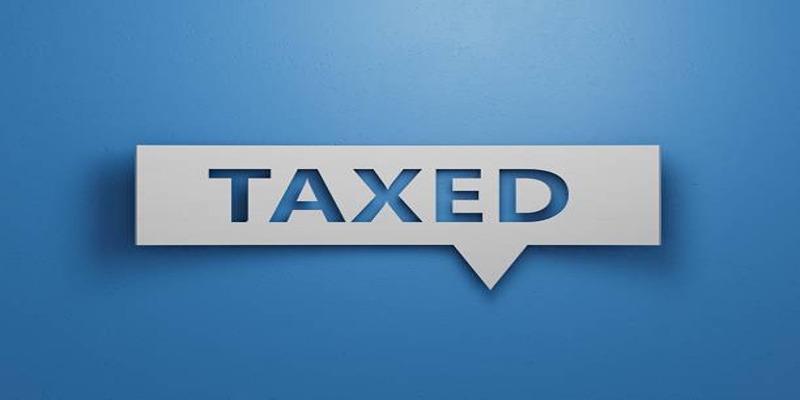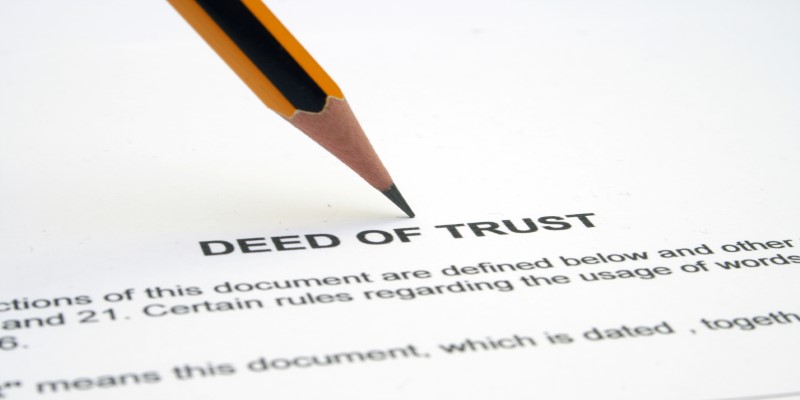If you're a veteran, active-duty service member, or surviving spouse, getting a VA loan preapproval might be your golden ticket to homeownership. But before you start picturing porch swings and backyard barbecues, you'll need to face the first real step: preapproval. It's where the paperwork begins but also where the power shifts to you.
A pre-approval letter tells sellers you're serious—and tells lenders you're ready. So what exactly goes into it? Who qualifies? And how do you prevent the process from getting bogged down in red tape? This guide breaks it all down—without the fluff.
Understanding VA Loan Preapproval: Why It Matters
Before diving into the how let's get one thing straight—preapproval is not just a recommendation. It's practically a requirement for those who want to compete in today's housing market. Unlike a casual prequalification, which is mostly based on self-reported info, preapproval means a lender has verified your finances. They've looked at your income, credit, debt-to-income ratio, and eligibility under the VA loan program. In return, they offer a letter stating how much they're willing to lend you. Sellers love seeing it because it signals you can actually follow through with your offer.
Here's another reason pre-approval matters: it helps you set a realistic budget. Home shopping without knowing your price range is like walking into a store with no idea what's in your wallet. Preapproval grounds you. It shows you what lenders see when they review your file. This way, there are no surprises when you finally apply for the actual mortgage. For a zero-down loan program like the VA loan, which already gives you a head start, preapproval makes sure you don’t lose that edge.
Steps to Get Preapproved for a VA Loan
So, how do you get from idea to preapproval? It starts with confirming your eligibility. You'll need a Certificate of Eligibility (COE) from the Department of Veterans Affairs. Most lenders can pull this for you instantly, but you can also request it directly from the VA if you prefer. The COE proves that you meet the service requirements—whether you're on active duty, a veteran, National Guard or Reserve member, or an eligible surviving spouse.

Next, be ready to open your financial life to the lender. This means pay stubs, tax returns, bank statements, W-2s, and possibly more, depending on your work history. Lenders want to see steady income and manageable debt. VA loans are flexible on credit, but most lenders will still expect a score in the mid-600s or higher. If your credit history has some dings, it's better to address them now than have your application stalled later.
Debt-to-income ratio (DTI) is another key piece. The VA recommends a DTI of 41% or lower, though exceptions can be made. This ratio compares your monthly debts, including the projected mortgage, to your monthly gross income. If you're close to the threshold, some lenders may still preapprove you based on compensating factors, such as strong residual income or long-term job stability.
Once the paperwork is in, lenders will run a hard credit check and evaluate your file. If everything lines up, you'll receive a VA loan preapproval letter. This doesn't mean the loan is final—it still needs to go through underwriting—but it provides a concrete number to work with and positions you as a qualified buyer in the eyes of sellers and real estate agents.
How Long VA Loan Preapproval Lasts—and When to Refresh It
Most VA loan preapproval letters are good for 60 to 90 days. That gives you a window to shop without having to start from scratch. However, remember that the real estate market can be unpredictable. If you don't find a home in that time, or if your financial situation changes, you'll need to update your documents. That might mean submitting fresh pay stubs or undergoing another credit check. Although it's not as intense as the initial round, it's still something to plan for.
The preapproval window is important because it directly impacts your home search timeline. A letter that's too old can spook sellers, especially in competitive markets. It's best to stay in regular touch with your lender during this phase. If you're nearing the expiration date of your preapproval, they can help you renew it before you lose your momentum.
There's also the question of rate changes. While VA loans typically offer competitive interest rates, those rates can shift from one month to the next. A preapproval doesn't lock your rate—in most cases, you won't lock it in until you've gone under contract on a home. If rates rise significantly during your search, your affordability range may change. This is another reason why keeping your preapproval fresh is smart: it keeps you grounded in what you can actually afford, even as conditions change.
Getting Ahead: Tips That Can Make Your Preapproval Smoother
If you want your VA loan preapproval to go off without a hitch, timing and preparation are everything. Don’t wait until you fall in love with a house to start this process. Preapproval should come before browsing listings. That way, when the right property shows up, you can move immediately—no frantic document-hunting or last-minute credit discussions.

Working with a VA-approved lender can also make a huge difference. Not every mortgage lender understands the ins and outs of VA loans. A specialist will be familiar with things like residual income requirements, the VA appraisal process, and funding fee exemptions. They’ll know how to troubleshoot and guide you through VA-specific hiccups that a traditional lender might fumble.
Finally, keep your financial behavior steady while you're shopping. Avoid taking on new debts, switching jobs, or making large purchases. Your lender preapproved you based on your financial snapshot at the time of application. If that picture changes, even slightly, it could impact your ability to move forward once you're under contract. Consistency counts more than perfection.
Conclusion
Getting VA loan preapproval sets the stage for a faster, more confident homebuying journey. It shows sellers you’re serious, helps clarify your budget, and saves time once you’re ready to make an offer. That letter proves you’ve done the work and met the requirements. For many veterans and service members, it’s the moment when the dream of homeownership moves from possibility to reality—and that shift makes all the difference.












